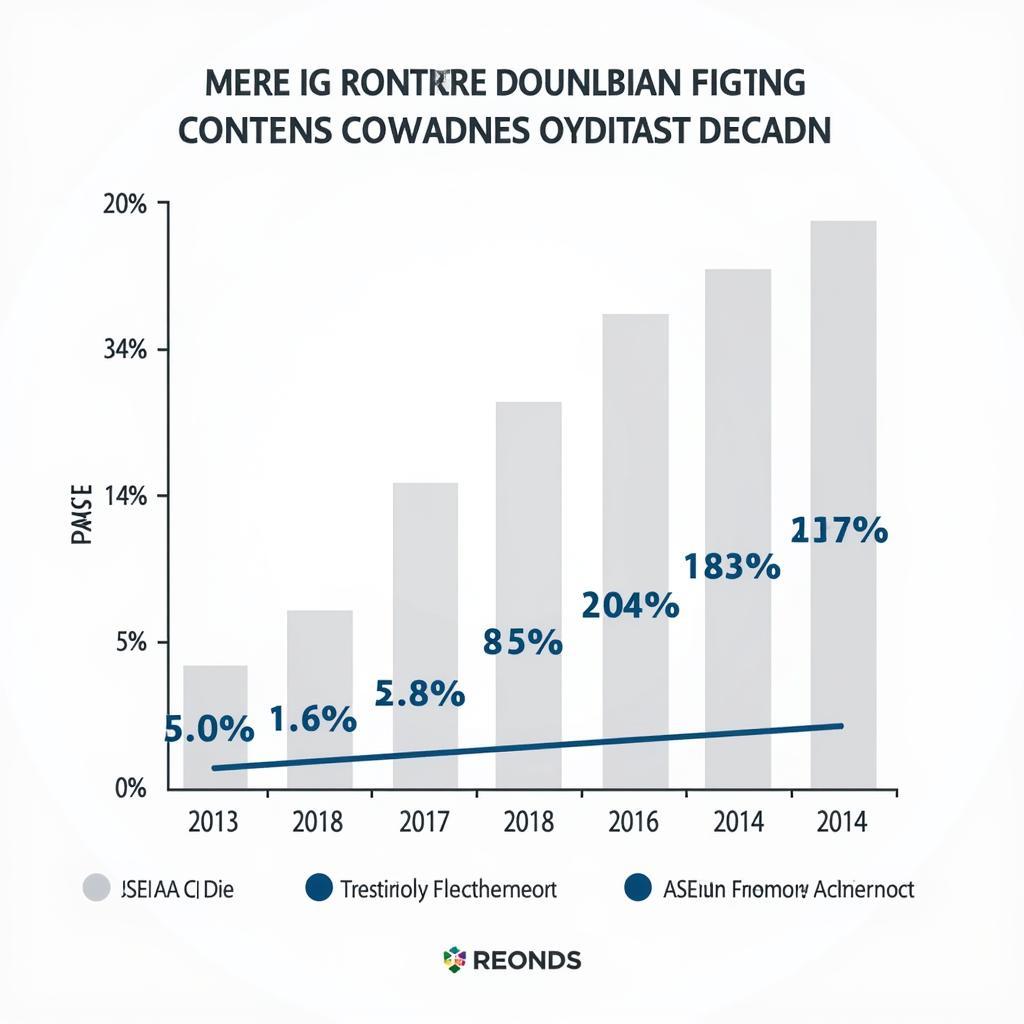The interplay between the Asian Development Bank (ADB), the Association of Southeast Asian Nations (ASEAN), and the region’s Gross Domestic Product (GDP) is a dynamic and crucial aspect of Southeast Asia’s economic landscape. This article delves into the intricate connections between these three elements, examining their individual roles and their collective impact on ASEAN’s economic growth and development.
 ADB Headquarters in Manila
ADB Headquarters in Manila
The Role of ADB in ASEAN’s Economic Growth
The ADB, a regional development bank established in 1966, plays a pivotal role in fostering economic growth and cooperation within the Asia-Pacific region, including ASEAN. Its primary objective is to reduce poverty and enhance the quality of life for people in developing member countries.
The ADB’s involvement in ASEAN can be categorized into several key areas:
- Financial Assistance: The ADB provides loans, grants, and technical assistance to ASEAN member states, supporting a wide range of development projects. These projects encompass critical sectors such as infrastructure development, education, healthcare, and environmental sustainability.
- Policy Advice and Knowledge Sharing: Beyond financial support, the ADB actively engages with ASEAN governments to provide policy advice and share knowledge on economic management, regional integration, and sustainable development practices.
- Promoting Regional Cooperation: The ADB serves as a catalyst for regional cooperation, facilitating dialogue and partnerships between ASEAN member states and other development partners.
ASEAN’s Economic Performance and GDP Growth
ASEAN, as a regional bloc of ten Southeast Asian nations, has emerged as a significant economic powerhouse. The region has experienced remarkable economic growth in recent decades, driven by a combination of factors, including:
- Strategic Location and Trade Openness: ASEAN’s strategic location at the heart of major shipping routes, coupled with its commitment to trade liberalization, has attracted substantial foreign investment and boosted intra-regional trade.
- Growing Middle Class and Consumer Demand: The rise of a burgeoning middle class within ASEAN has fueled domestic consumption, becoming a key driver of economic expansion.
- Investments in Infrastructure and Human Capital: ASEAN member states have increasingly recognized the importance of investing in infrastructure development and human capital, further enhancing their economic competitiveness.
 ASEAN Economic Growth Chart
ASEAN Economic Growth Chart
These factors have contributed significantly to ASEAN’s impressive GDP growth. According to the ADB’s Asian Development Outlook, ASEAN’s GDP growth has consistently outpaced the global average in recent years. This sustained economic growth has translated into tangible improvements in living standards for millions of people across Southeast Asia.
The Interplay: How ADB Supports ASEAN’s GDP Growth
The ADB’s contributions to ASEAN’s economic development are intrinsically linked to the region’s GDP growth. The bank’s financial assistance, policy advice, and regional cooperation initiatives directly and indirectly support the factors driving ASEAN’s economic expansion.
For instance, ADB-funded infrastructure projects, such as roads, ports, and energy facilities, not only create jobs but also enhance connectivity and facilitate trade, thereby boosting economic activity and contributing to GDP growth. Similarly, ADB support for education and skills development programs helps equip ASEAN’s workforce with the necessary skills to thrive in a rapidly evolving global economy.
Looking Ahead: Challenges and Opportunities
While ASEAN’s economic outlook remains positive, the region faces several challenges, including:
- Narrowing Development Gaps: Despite impressive overall growth, significant development disparities persist within and between ASEAN member states. Bridging these gaps is crucial for ensuring inclusive and sustainable growth.
- Adapting to Technological Disruption: The rapid pace of technological advancement presents both opportunities and challenges for ASEAN. Harnessing the potential of technology while mitigating potential job displacement is essential.
- Climate Change and Environmental Sustainability: As a region vulnerable to climate change, ASEAN faces pressing environmental challenges. Addressing these issues is vital for ensuring long-term economic resilience.
 ADB-ASEAN Partnership Meeting
ADB-ASEAN Partnership Meeting
The ADB, with its expertise and resources, is well-positioned to support ASEAN in navigating these challenges. The bank’s ongoing commitment to promoting inclusive growth, regional integration, and sustainable development will be crucial for ASEAN’s continued economic success.
Conclusion
The relationship between ADB, ASEAN, and GDP is multifaceted and impactful. The ADB’s unwavering support, coupled with ASEAN’s commitment to economic integration and development, has yielded impressive results, transforming Southeast Asia into a global economic force. As the region navigates new challenges and opportunities, the ADB’s role remains pivotal in ensuring that ASEAN’s economic success story continues. For more information on ASEAN and its economic landscape, explore our website further: ASE for more.

